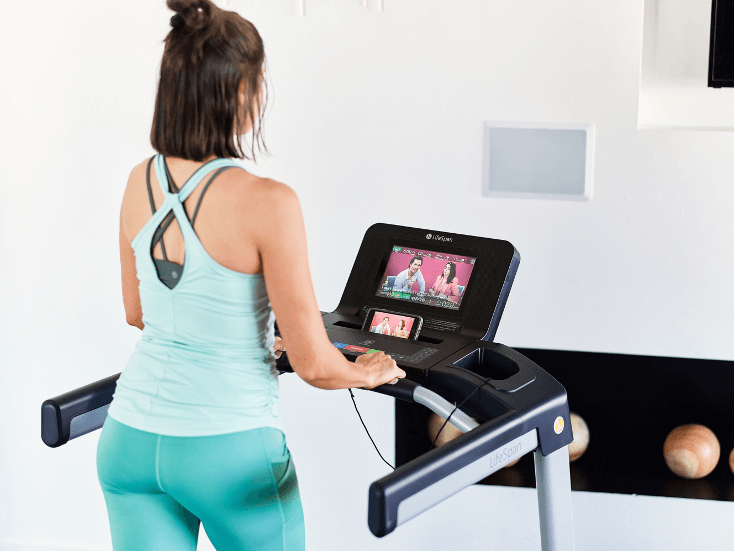From animal-powered machinery and punishment for prisoners to home exercise; the modern-day treadmill has come a long way.

Up until the 1920’s, treadmills were primarily used for labor, with the earliest use dating back to roughly 4,000 years ago. The purpose of these was primarily to lift buckets of water. Essentially, a wheel was rotated around a central, vertical axis and was powered by an ox or other various animals. Some times even humans were used.
In 1818, Sir William Cubitt, an English engineer, developed a form of a treadmill for use in prisons. The goal was to harness the power of the sedentarism of prisoners by using the treadmill for crop milling as well as a form of punishment. His treadmill setup was for the most part a more rudimentary form of the modern day stair stepper. Prisoners would walk on the treadmill for up to ten hours a day and would climb any where between 5,000 to 14,000 vertical feet. To put this into perspective, the Empire State Building is 1,250-feet in height and the Eiffel Tower is 986-feet in height… That’s a lot of walking.
Treadmill’s continued to be used in prisons till the late 19th century, where their use was banned.
The 1920’s marked the beginning of treadmill use as a form of exercise. Exercise in a gym was not a commodity enjoyed by the masses. Gym use during this period was a privilege limited to the upper class. The working class didn’t have time or much of a need for exercise since their jobs consisted of extensive of manual labor and bicycles were still mainly used for transport.
The treadmill consisted of wooden slats that were manually rotated around two rolling drums. Treadmill’s remained like this up until the 1930’s when the wooden slats were replaced with a fabric running belt and a more comfortable handrail was added.
In 1969, William Staub, developed the first home-use treadmill, the PaceMaster 600. Staub’s developed the treadmill after reading Dr. Kenneth H. Cooper’s book, Aerobics, which noted that individuals who ran a mile for eight minutes four-to-five times a week were in better physical condition than those that didn’t. When Staub looked into a way to increase his physical condition he noticed there were no inexpensive home-use treadmills on the market. Because of this, Staub decided to create a treadmill for his own use. His prototype of the PaceMaster 600 was provided to Cooper who found the treadmill's first customers, fitness equipment salesmen. Cooper would later go on to referring to Staub as a pioneer in exercise — not for the athlete, but for the masses.
The modern-day treadmill has evolved over the past 4,000 to become what it is today: a common household exercise machine used by the many. Machines featuring Bluetooth-enabled consoles, pre-programmed workouts, heart rate monitoring and incline/decline levels. Treadmill’s, treadmill desks
, can even been found in the workplace, letting you walk while you work. Whether you want to lose weight, train for a sporting even, or increase your physical activity level, there is a treadmill out there made just for you!






